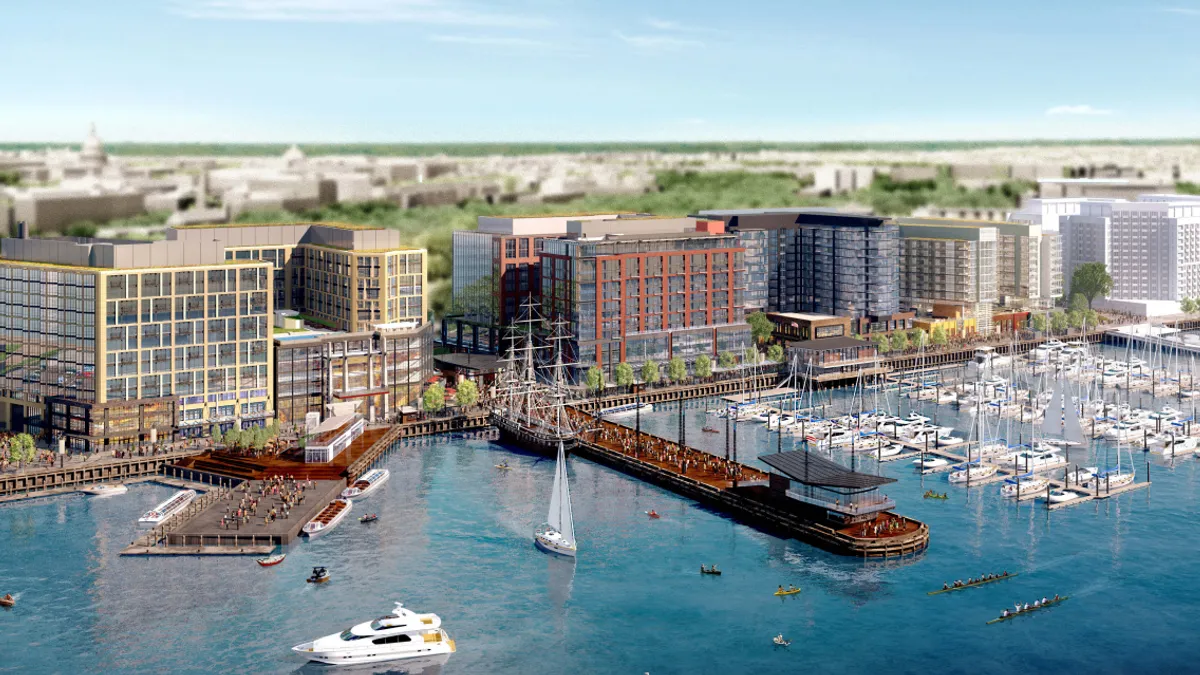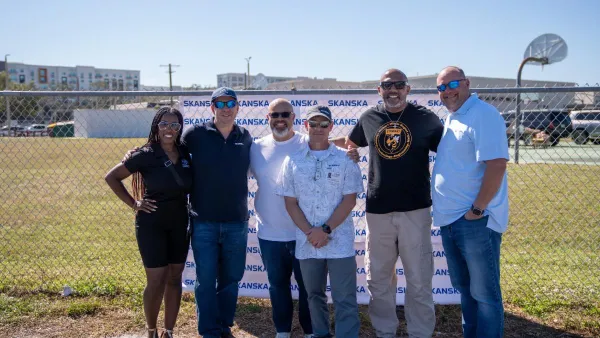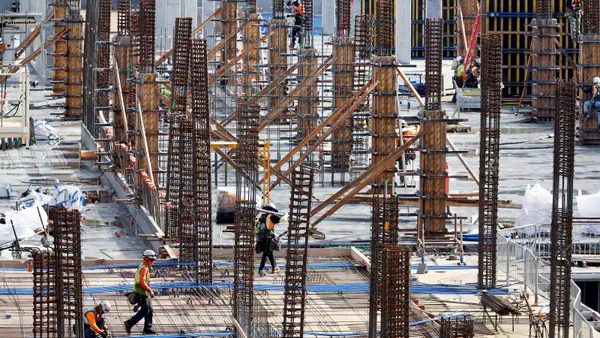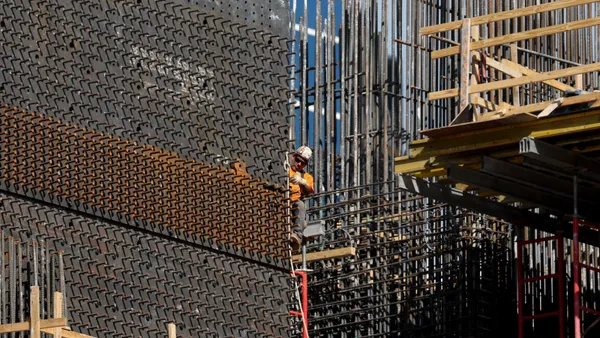Dive Brief:
- General contractor Clark Construction Group LLC and architecture and engineering firm Perkins Eastman DC have agreed to dismiss their respective lawsuits regarding alleged design errors and omissions on the first phase of the $2.5 billion The Wharf development in Washington, D.C. Clark filed its $5 million claim against Perkins in March 2018.
- Clark's lawsuit claimed that Perkins' design mistakes on the project touched everything from structural and foundation elements to windows and curtain walls and that Perkins committed professional negligence and negligent misrepresentation of the project. Perkins countered with a lawsuit that alleged Clark was withholding $500,000 of its invoices, in violation of their contract, that had already been approved and paid by the owner and that Clark had also approved each phase of its work. Clark's response was that the money being withheld from Perkins did not "contractually and legally belong to Perkins."
- There is no mention of any financial settlement in the court records, although the Joint Stipulation of Dismissal made it clear that both parties were to pay their own attorneys’ fees, expenses and costs associated with their suits. The dismissal came a few weeks before a scheduled post-fact discovery conference scheduled for March 19.
Dive Insight:
In response to the dismissal, a Clark spokesperson told Construction Dive, "While we cannot comment on specifics, Clark is pleased to have reached an amicable agreement on all outstanding project matters. We look forward to working together with Perkins Eastman on future projects."
Developer Hoffman-Madison Waterfront selected Perkins as the master planner for both the first and second phases of The Wharf project, but Hoffman-Madison chose Balfour Beatty as the contractor for the second phase. Balfour Beatty also completed three projects that were part of Phase 1.
Phase 1 opened in 2017 and includes office space, residences, three hotels and retail. Also included in Phase 1 is Pier 4, a pier-top office building — the first in Washington, D.C. The 28,000-square-foot building extends 260 feet over the water. The second phase of the project will add 1.2 million square feet of marina, parks, underground parking, offices, retail, restaurants, apartments condominiums and a hotel. Phase 2 should be completed in 2022.
Many mixed-use developers use water features, natural or man-made, to make their projects more attractive to potential residents, commercial tenants and visitors. Related Midwest's $7 billion mixed-use project, The 78, is positioned along the Chicago River, as is Sterling Bay's $6 billion Lincoln Yards project. Related's $8 billion project in Santa Clara, California, takes advantage of its proximity to San Francisco Bay, and the $3 billion Water Street development in Tampa, Florida, sits along the Hillsborough Bay.
Even developers with landlocked projects want to capitalize on the popularity of water and beach-like amenities. In fact, the city of Rowlett, Texas, terminated its relationship with the developer of a $1 billion project in order to prioritize a Crystal Lagoons feature that it was seeing demand for. Crystal Lagoons' man-made turquoise water parks will be installed this year as part of projects in Texas City, Texas; Rancho Mirage, California; and Palm Beach Gardens, Florida.













